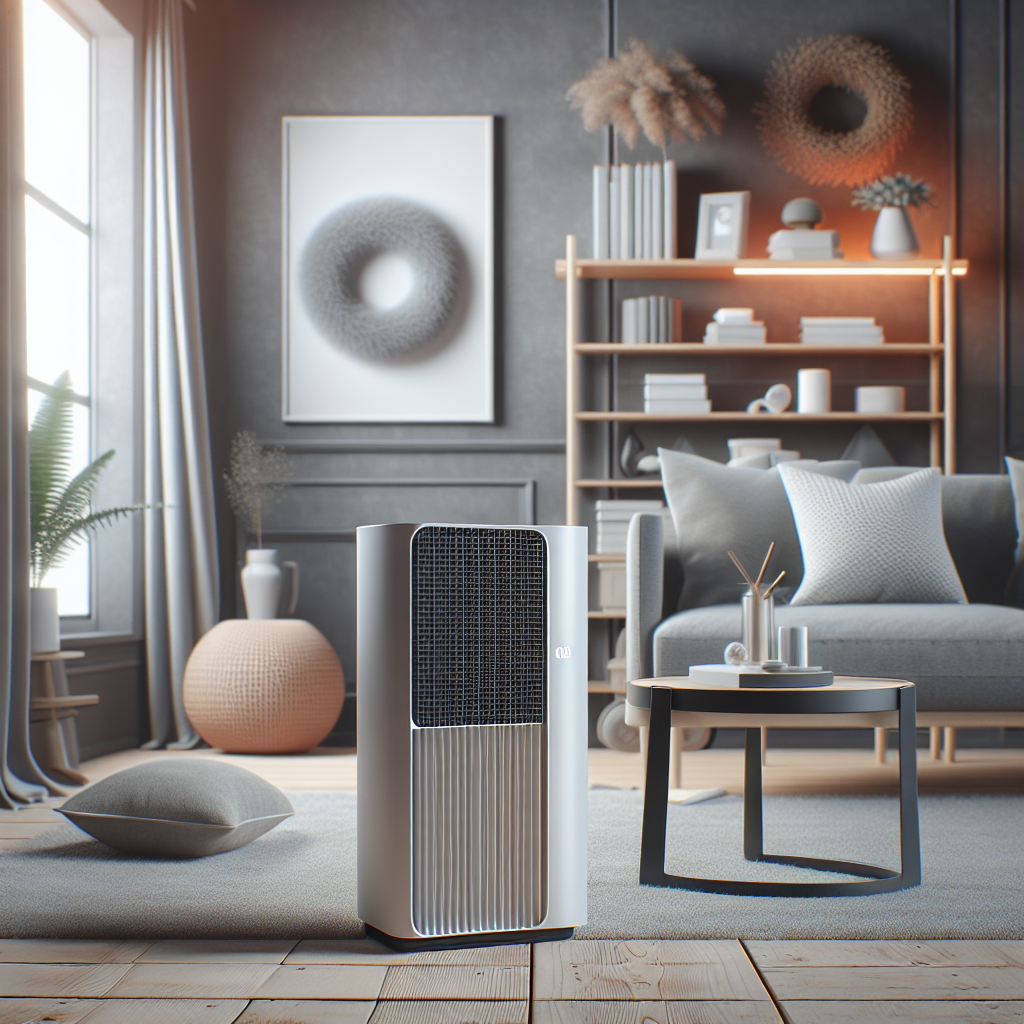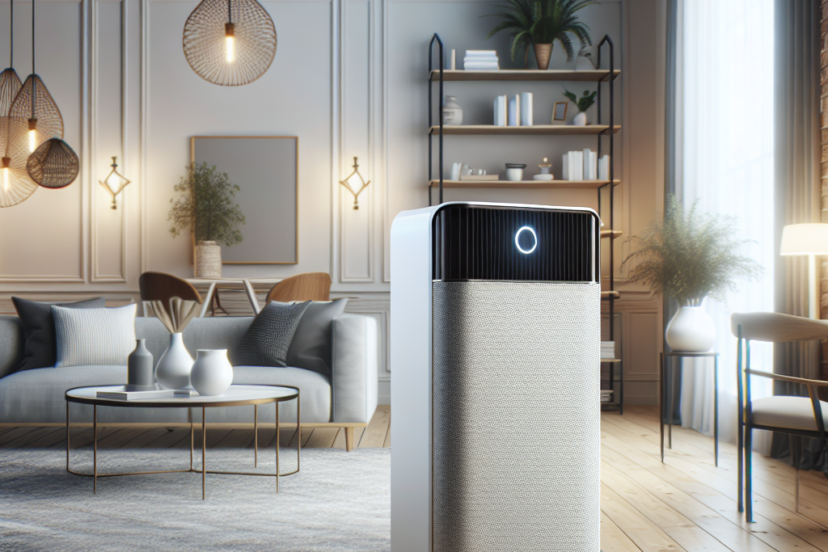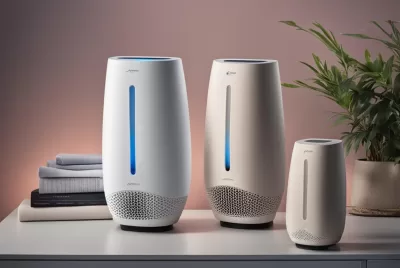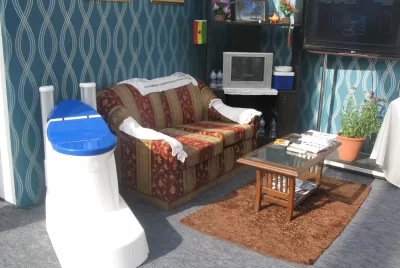What To Look For In Air Purifiers
"We may earn a commission for purchases made using our links. Please see our disclosure to learn more."
In the pursuit of healthier indoor environments, many consider investing in air purifiers. “What To Look For In Air Purifiers” is meticulously crafted to serve as a guide that elaborates on the key factors you should consider when selecting an air purifier for your home. It underscores the significance of understanding the needs of your indoor setting and determining key elements like filter types, coverage area, and effectiveness, among other fine details. Navigating through the article, you will discover how to transform concern into action by making informed choices about air purifiers.

Understanding the Purpose of Air Purifiers
Air purifiers have become a noteworthy appliance in most households. These devices play an essential role in improving the air quality by eliminating harmful pollutants. By understanding their purpose, you will appreciate their effectiveness and importance in creating a healthier living environment.
Overview of Air Purifiers
Air purifiers are devices designed to cleanse the air in your indoor environment, making it healthier and safer to breathe. These appliances use filters, and sometimes electromagnetic attraction, to trap particles such as dust, allergens and chemicals. With a focus on improving the air quality, air purifiers provide an array of health benefits, particularly for individuals with allergies or asthma.
Importance of Having an Air Purifier in Your Home
Having an air purifier in your home can greatly improve your quality of life. They help to reduce the concentration of airborne pollutants, reducing your chances of developing health conditions related to poor air quality. These devices can also neutralize unpleasant odors, creating a fresher indoor environment.
Different Types of Air Pollutants that Air Purifiers Eliminate
Air purifiers can eliminate a variety of airborne pollutants. These include dust, pet dander, pollen, mold spores, and tobacco smoke, which are common triggers for allergies and asthma. Some advanced models can also remove volatile organic compounds (VOCs) and harmful chemicals, offering an added layer of protection.
Identifying Your Air Purification Needs
Just as homes vary, so do air purification needs. Identifying yours helps you make a more informed decision when investing in an air purifier.
Assessing Your Indoor Air Quality
Before purchasing an air purifier, it’s necessary to assess the indoor air quality of your home. Some common indicators of poor air quality include persistent odor, constant sneezing or coughing, frequent allergies, and visible mold growth.
Considerations Based On Personal Health Conditions
Your health condition plays a significant role in determining the right air purifier. If you suffer from allergies, consider a purifier designed to trap allergens. For asthmatic individuals, an air purifier that filters smoke and odors can be beneficial.
Need For Air Purifiers In Different Spaces
Different spaces may require different types of air purifiers. For instance, a compact and quiet unit may be most suitable for your bedroom, while a larger, more robust model may be required in the living room or kitchen.
Choosing the Right Size of Air Purifiers
When it comes to air purifiers, size matters. Getting the appropriate size for your space improves efficiency and performance.
Determining the Appropriate Coverage Area
The purifier’s coverage area should align with the square footage of your room. Choosing a unit designed for a larger area than your room will ensure better air circulation and pollutant removal.
Considering Room Size and Air Purifier Capacity
Bigger rooms require purifiers with a larger capacity. Always check the manufacturer’s recommendations for room size to ensure the efficiency of the air purifier.
Factors Influencing The Performance of an Air Purifier In a Given Space
Several factors can influence the performance of an air purifier, ranging from the number of pollutants in your room, room height, furniture placing, and even the location of the air purifier. Understanding this will allow you to select the right air purifier size and increase its effectiveness.

Deciphering The Types of Filters
The kind of filter an air purifier uses significantly impacts its effectiveness. It’s essential to understand the strengths and weaknesses of different filters before making your purchase.
HEPA Filters Vs. Activated Carbon Filters
HEPA filters specialize in capturing tiny particles, including dust mites, pollen, and pet dander, while activated carbon filters are effective at removing odors and harmful gases.
Pros and Cons of Different Filters
Each filter type has its advantages and disadvantages. For instance, HEPA filters are highly efficient but can be expensive to replace, while carbon filters are excellent for odors but not for allergen removal.
Understanding Filter Life and Maintenance
Filter life and maintenance are crucial aspects to consider. Some filters require frequent replacements, while others can last for years. Always check the manufacturer’s guidance on filter maintenance.
Decoding the Clean Air Delivery Rate (CADR)
CADR is a standard measure of the total volume of air that an air purifier can clean. A higher CADR means more efficient air purification.
Significance of CADR In Air Purifiers
CADR ratings are a great way to compare the performance of different air purifiers. These ratings offer a reliable benchmark to determine how quickly a purifier can clean your room.
Establishing the Suitable CADR For Your Space
The suitable CADR for your space depends on your room size. Larger rooms will need purifiers with a higher CADR to ensure all the air gets efficiently cleaned.
Interpreting CADR Numbers On Air Purifier Labels
Typically, there are three CADR ratings for each air purifier: one for dust, one for pollen, and one for smoke. The higher the number, the faster the air purifier can remove these pollutants.
Understanding Noise Level of Air Purifiers
Noise level is a critical aspect to consider when buying an air purifier. After all, nobody enjoys a noisy environment, especially when sleeping or working.
Importance of Checking for Noise Level
Some air purifiers can produce noise levels equivalent to a refrigerator’s hum while others may sound like a fan. It’s essential to check for noise levels to ensure that the air purifier doesn’t disrupt your peace.
Balancing Efficiency with Noise Control
While a powerful purifier may be more efficient at cleaning air, it could be louder too. Therefore, it’s necessary to balance efficiency with noise control.
Typical Noise Levels of Air Purifiers
Air purifiers typically range from 35 decibels (very quiet) to 70 decibels (loud). Keep this in mind when making your selection.
Assessing Energy Efficiency of Air Purifiers
Like any appliance, air purifiers consume energy, and their efficiency varies from one model to another.
Energy Star Ratings and Their Meaning
Air purifiers with Energy Star ratings are 40% more energy-efficient than standard models. This rating can help you choose an air purifier that won’t inflate your energy bill.
Balancing Air Purification with Energy Consumption
While it’s crucial to ensure clean air, it’s equally important to be energy-conscious. Look for air purifiers that offer excellent performance while consuming less energy.
Ways to Enhance Energy Efficiency of Air Purifiers
Opt for models with energy-saving features such as sleep mode or schedule timer. These modes can increase the energy efficiency of your air purifier.
Exploring Smart Features Of Air Purifiers
Modern air purifiers come with a range of smart features that make them more convenient to use and more effective at their job.
Benefits of Smart Sensors
Smart sensors can detect changes in air quality and adjust the purifier’s settings accordingly – a great feature for maintaining consistently clean air.
Overview of Remote Control Function
Remote control functionality offers the convenience of adjusting settings from anywhere in the room. This feature is handy, especially for mounted or high-placed units.
Exploring Wi-Fi Connectivity and App Controlled Features
Wi-Fi connectivity allows you to control your air purifier via smartphone apps. This feature provides greater control over your air purifier settings, even when you’re away from home.
Considering the Maintenance and Operating Cost
Maintenance and operating cost can add a significant amount to your initial purchase over time. Therefore, it’s crucial to factor them in your buying decision.
Factors Contributing to Maintenance Cost
Maintenance cost mainly includes filter replacement costs and electricity bills. Regular cleaning and upkeep can also add to the overall cost.
Estimating the Operating Cost
Operating cost varies with use. By checking Energy Star ratings and understanding filter life, you can estimate how much a unit will cost to operate annually.
Finding Balance Between Price and Quality
Price shouldn’t be the only factor in your decision. While some costlier models may offer better air purification, lower-priced units may be more energy-efficient and cheaper to maintain.
Trust the Brand and Read Reviews
Lastly, always trust reputable brands and read customer reviews before making your final decision.
Recognizing Reliable Air Purifier Brands
Reliable brands usually have a good reputation, extensive warranty, and good customer service. Stick to brands that are tried and tested for maximum assurance.
Understanding the Importance of Customer Reviews
Reading customer reviews can provide real-world insight into a product’s performance and reliability. These testimonies can help you determine if a product lives up to its claims.
Key Points to Look for While Reading Reviews
Look for common trends in reviews. Consider aspects like noise level, filter replacement, efficiency, and durability when evaluating customer reviews.
With the above guidelines, you should be in the best position to choose an air purifier that fits your needs perfectly, improving not only your air quality but also your quality of life.




